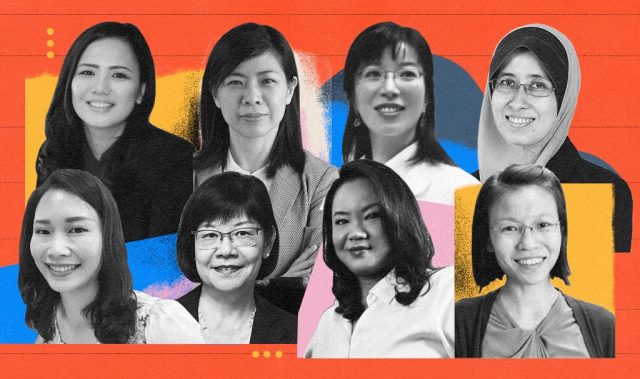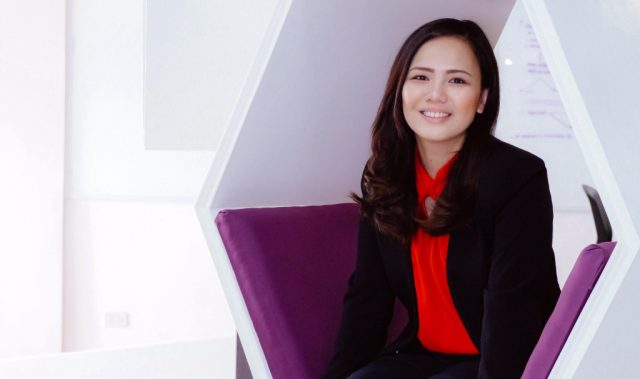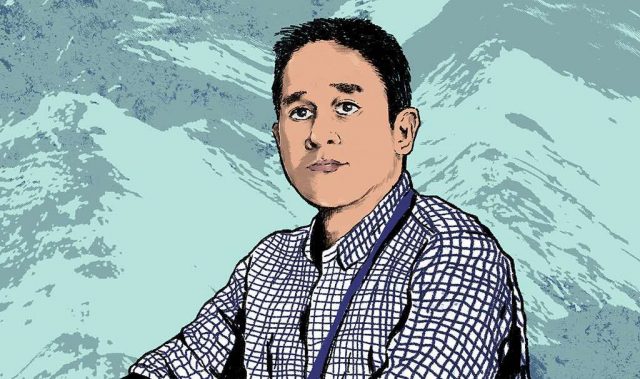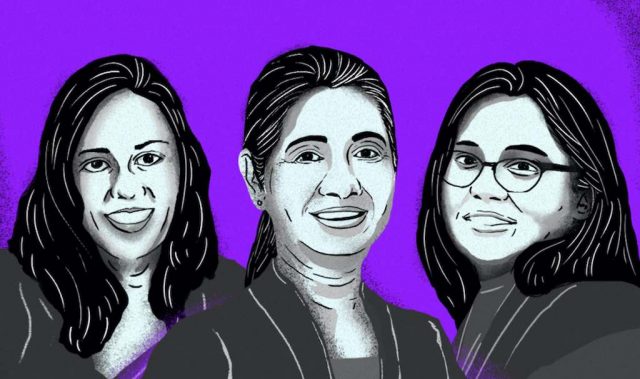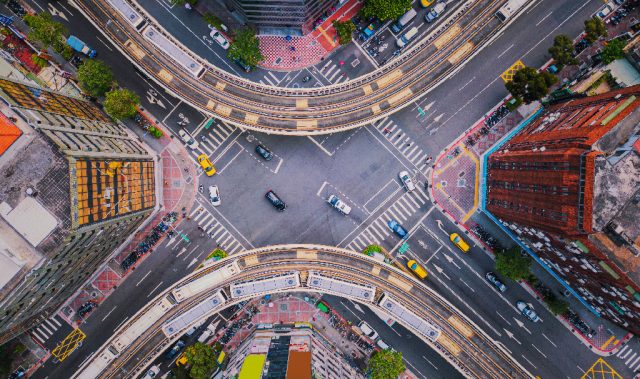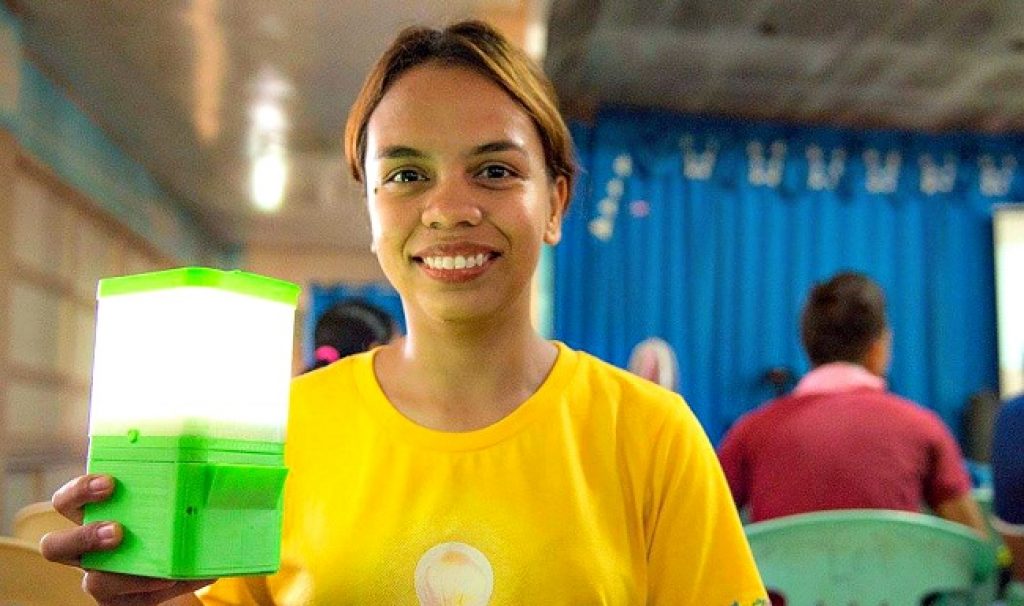
Aisa Mijeno
Professor of engineering at De La Salle University—Lipa, the Philippines
Co-founder & CEO of SALt
AsianScientist (May 5, 2015) – Professor Aisa Mijeno is a professor of engineering at De La Salle University—Lipa in the Philippines. Together with her brother Ralph, she co-founded Sustainable Alternative Lighting (SALt), a social enterprise that is developing an LED lamp that runs on just table salt and water.
1. How would you summarize your research in a tweet (140 characters)?
Electrochemical LED lamp with saltwater as electrolyte that can charge low-power mobile devices.
2. Describe a completed research project that you are proudest of.
The completed research project that I am proudest of would be the electrochemical LED lamp that we are working to mass produce right now. I am proud of this research because it is not just a result of tedious experiments but also a product of life experiences—of living among the tribes in the mountains with no more than the sun and fuel-based lamps as the main source of lighting.
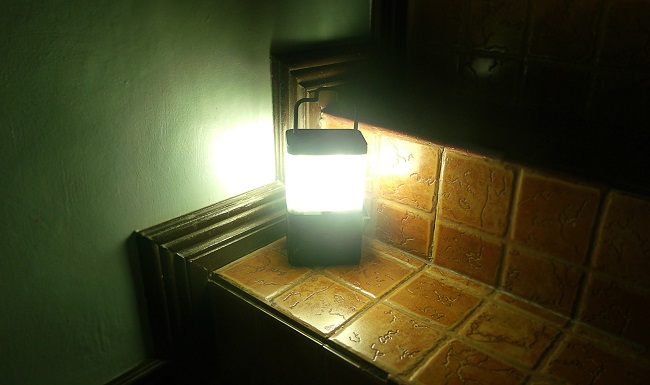
3. What do you hope to accomplish with your research in the next decade?
I continuously work to achieve a scaled-up version of the innovation that we are developing so that it can power-up an entire village in remote islands across the Philippines using ocean water.
4. Who (or what) motivated you to go into your field of study?
There are myriad of experiences and inspirations which have led me to the decision of becoming an engineer—one of them is just my willingness to preserve the beauty of this planet by developing technologies, after getting involved and becoming aware of the effects of climate change through Greenpeace Philippines.
In addition, I am constantly inspired by the amazing people I encounter, especially those in rural marginalized areas, that, despite the lack of resources, they are able to survive through everyday struggles by their innate ingenuity and remarkable resilience.
5. What is the biggest adversity that you experienced in your research?
There are a handful of challenges leading up to the materialization of the idea. My personal lack of resource tops the list. Also, the lack of facilities and tools that I can use or borrow to do my experiments. Given that, I had to improvise.
The first few experiments were terrible and I had to use a bunch of scraps and an ice tray to prove the concept. Ideaspace’s president (Mr. Earl Martin Valencia) even called me a mad scientist for it.
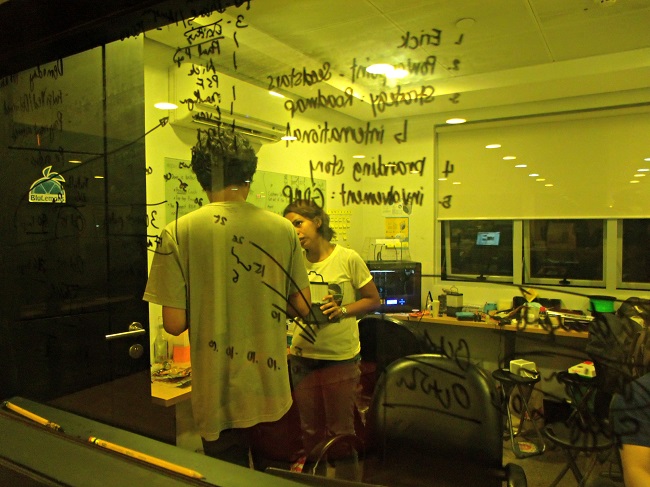
6. What are the biggest challenges facing the academic research community today, and how can we fix it?
The biggest challenge facing the academic research community today, and has always been, is getting funding and support from the government. Even the process taken just to approve documents is very tedious. It gets you out of momentum in your research.
Another thing would be that researchers tend to focus on short-term goals. We need to find more individuals to include in the team who have a similar vision as us—someone who is inclined to planning rather than just getting things done for the sake of completing the research; someone who finds purpose in what he (or she) is doing.
Lastly, the scarcity of ambitious young people to get involved in science and technology who continue on to then hopefully finish the work we have started. We should continuously inspire them to get take up a field in science, technology, engineering and mathematics (STEM) at a young age.
7. If you had not become a scientist, what would you have been instead?
I would probably be a National Geographic photographer. I love traveling, hiking, learning new cultures and exploring the outdoors just as much as I love photography. And I want to capture and preserve each moment during my outdoor excursions. If I see some interesting angles, real human expressions, movement… I get excited.
8. Outside of work, what do you do to relax? Do you have any interests and hobbies?
People call me extreme because my way of relaxing is really through hiking mountains. It is just quite meditative—walking and being surrounded by luscious nature without anything on your mind other than the visual pleasure you are perceiving.
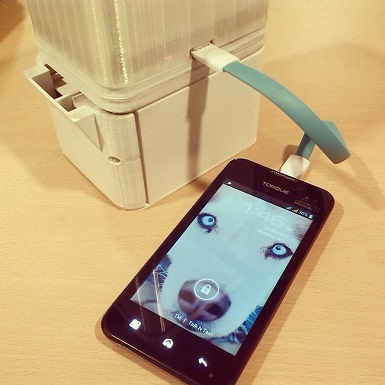
9. If you had the power and resources to eradicate any world problem using your research, which one would you solve?
Aside from eradicating the use of combustion-based light sources, I really really want to build a time machine and slide through time. But I think it is going to be a bad idea as I might ruin the ripples in the fabric of space and time, and so I want to end world hunger instead.
If only I could build that machine up—you know, the machine from that Sony Pictures animated film which can convert rainwater to food—that would be awesome!
10. What advice would you give to aspiring researchers in Asia?
Have the initiative to find answers to your questions even without [expecting] something tangible in return. I am pretty certain that all of us have lots of questions in our minds; most of us just tend to dismiss them because we are not that motivated to solve it. Even without any sort of reward, you should continuously quest for answers.
Curiosity should be a researcher’s nature. You should never stop questing after truth and learning in the process. Learning is always the best part after all.
This article is from a monthly series called Asia’s Rising Scientists. Click here to read other articles in the series.
———-
Copyright: Asian Scientist Magazine; Photo: Aisa Mijeno.
Disclaimer: This article does not necessarily reflect the views of AsianScientist or its staff.





